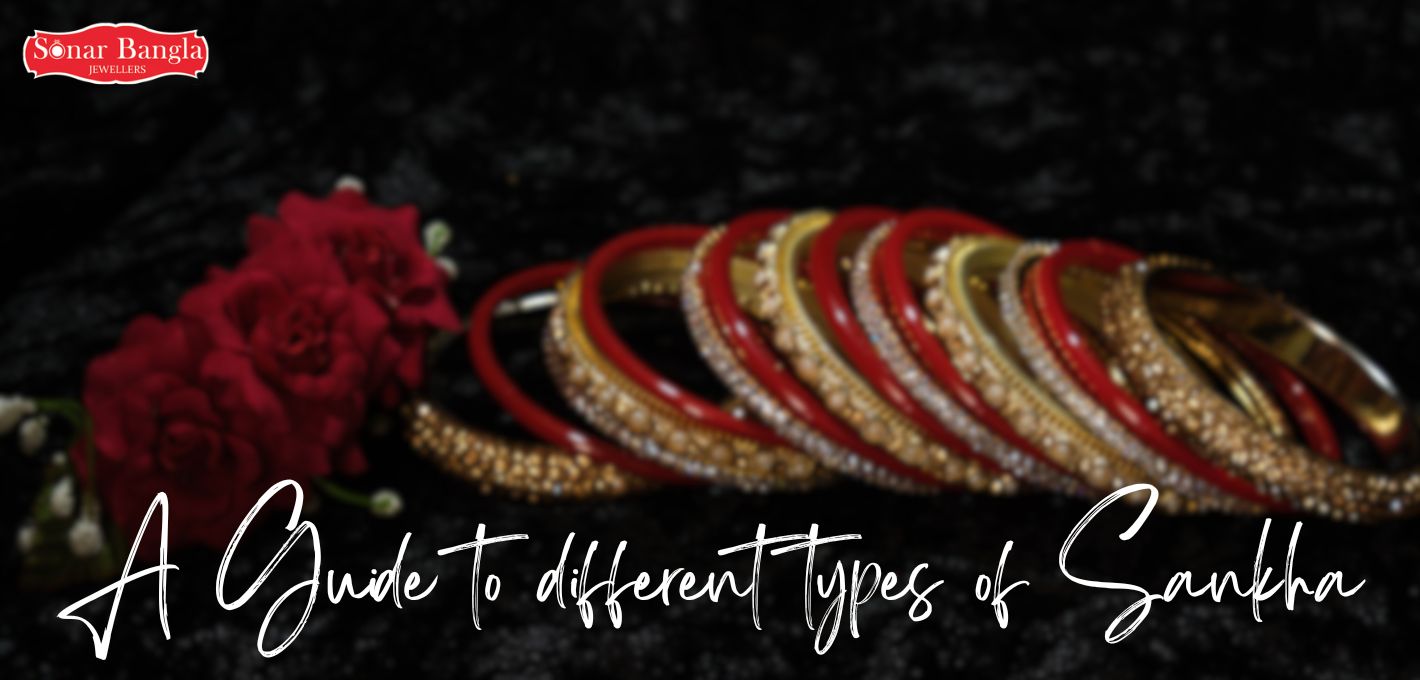
A Guide to different types of Sankha for ladies
Sankha, a revered symbol in various cultures, holds a rich history and profound significance. From religious ceremonies to artistic expressions, the diverse types of Sankha find themselves woven into the fabric of traditions across the globe. In this article we discussed about types of Sankha for ladies.
1. Introduction
Sankha, commonly known as conch shell, is not just a marine mollusk; it is a symbol of cultural, religious, and historical importance. Its unique spiral shape and the sound it produces have made it a cherished object in various societies.
2. Historical Perspective
The origins of Sankha can be traced back through the annals of history, where it played a pivotal role in religious rituals and cultural practices. From ancient civilizations to contemporary societies, the conch shell has stood the test of time.
3. Varieties of Sankha
Sankha comes in various types, each with its own characteristics and symbolism. Understanding the distinctions between these types provides a deeper appreciation for the cultural and spiritual significance attached to them.
4. Sankha in Hinduism
In Hindu ceremonies, the Sankha holds a sacred place, symbolizing purity and auspiciousness. Mythological narratives also depict its significance, with gods and goddesses often portrayed holding the divine conch.
5. Sankha in Buddhism
Buddhist practitioners use the Sankha as a ritual object, linking it to the practice of mindfulness and meditation. The soothing sound produced by blowing the conch is believed to have a calming effect on the mind.
6. Sankha in Traditional Medicine
Beyond its religious and cultural significance, some believe in the healing properties of Sankha. Historical records indicate its use in traditional medicine for various ailments.
7. Sankha in Art and Crafts
Artists and craftsmen have incorporated Sankha into their creations for centuries. From intricate carvings to modern sculptures, the conch shell serves as a muse for various forms of artistic expression.
8. Sankha in Fashion
In contemporary times, Sankha has found its way into the world of fashion. Accessories crafted from conch shells not only reflect tradition but also carry a unique symbolic value in modern style.
9. Cultural Significance Across the Globe
The presence of Sankha extends beyond South Asia, reaching different cultures globally. Its incorporation into diverse traditions highlights its universal appeal and adaptability.
10. Sustainability and Conservation
As the demand for Sankha grows, concerns about overharvesting have arisen. Conservation efforts and sustainable practices aim to ensure the longevity of this culturally significant marine resource.
11. Popular Myths and Misconceptions
Addressing common myths surrounding Sankha is essential for a comprehensive understanding. Clearing misconceptions fosters a more informed perspective on its cultural and religious roles.
12. Caring for Your Sankha
Owning a Sankha comes with responsibilities. Proper maintenance not only preserves its physical integrity but also respects the cultural practices associated with its use.
13. Collecting Sankha
For enthusiasts, starting a Sankha collection can be a rewarding endeavor. Understanding the rarity and value of different types enhances the experience of collecting these unique artifacts.
14. Modern Innovations with Sankha
In a world driven by technology and design, Sankha has found its way into modern innovations. Its integration into various fields showcases the adaptability of this ancient symbol.
15. Conclusion
In conclusion, the guide to different types of Sankha unravels the layers of tradition, spirituality, and cultural diversity surrounding this revered object. Whether used in religious rituals or embraced as a fashion statement, Sankha continues to bridge the gap between ancient customs and contemporary trends.
